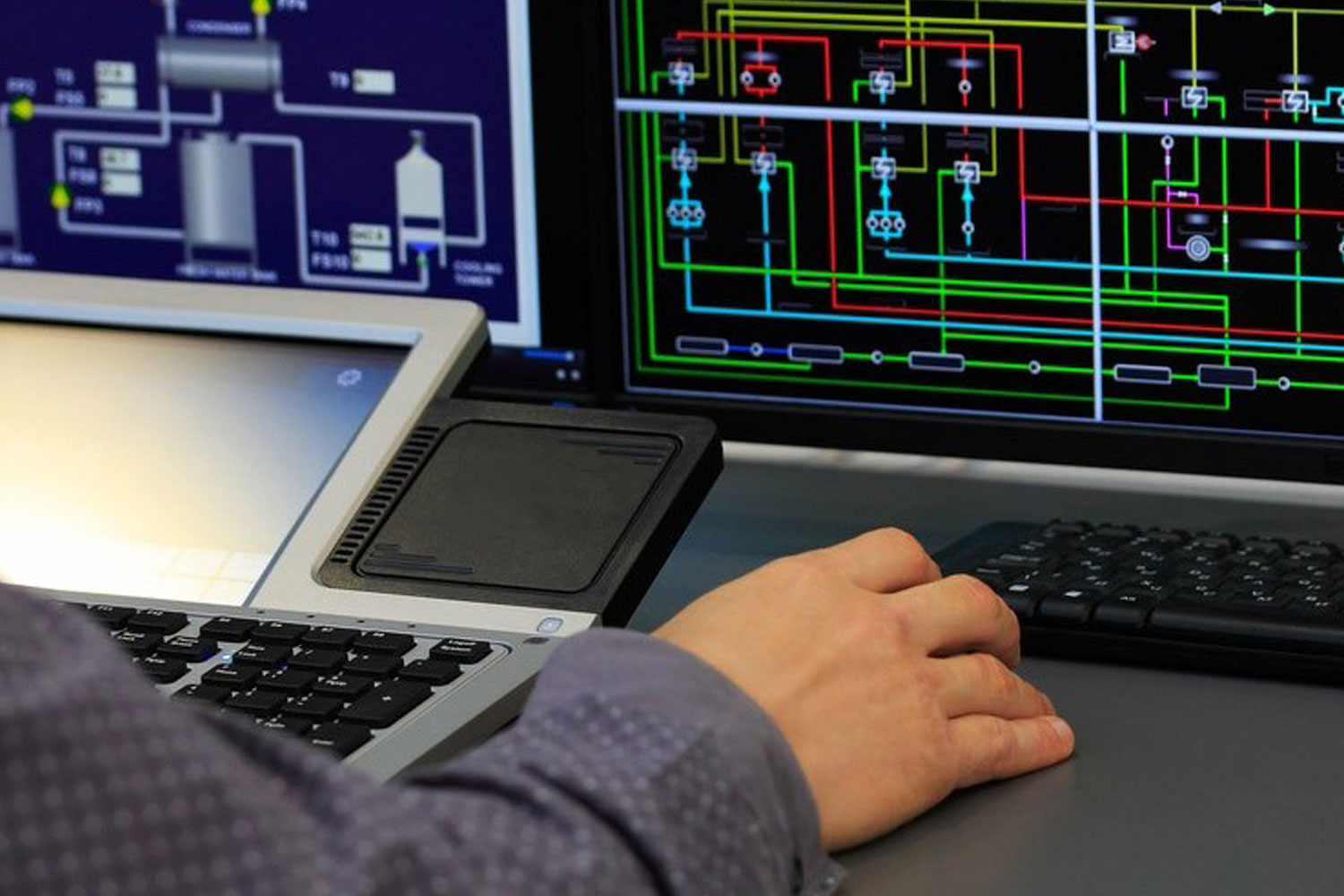BREEAM, or ‘Building Research Establishment Environmental Assessment Methodology’, is the world’s foremost environmental assessment method and rating system for buildings. There are 250,000 buildings with certified BREEAM assessment ratings and over a million registered for assessment since it was first launched in 1990. It sets the standard for best practice sustainable building design.
BREEAM has become one of the most comprehensive and widely-recognised measures of a building’s environmental performance. It encourages designers, clients and others to think about low-carbon and low-impact design. This minimises the energy demands created by a building before considering energy efficiency and low-carbon technologies.
A BREEAM assessment uses recognised measures of performance, which are set against established benchmarks, to evaluate a building’s specification, design, construction, and use. The measures used represent a broad range of categories and criteria from energy to ecology. They include aspects related to energy and water use, the internal environment (health and well-being), pollution, transport, materials, waste, ecology, and management processes.




